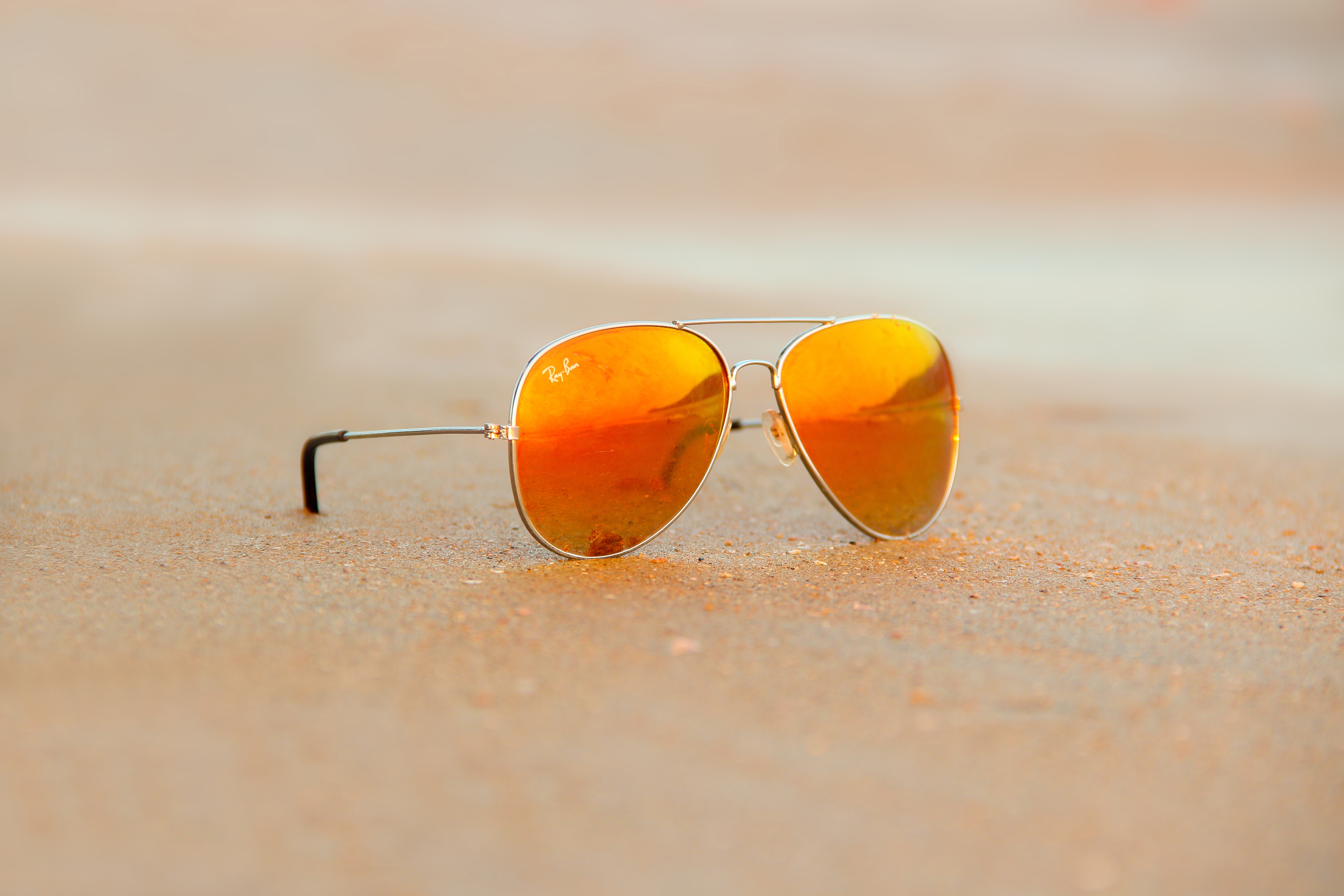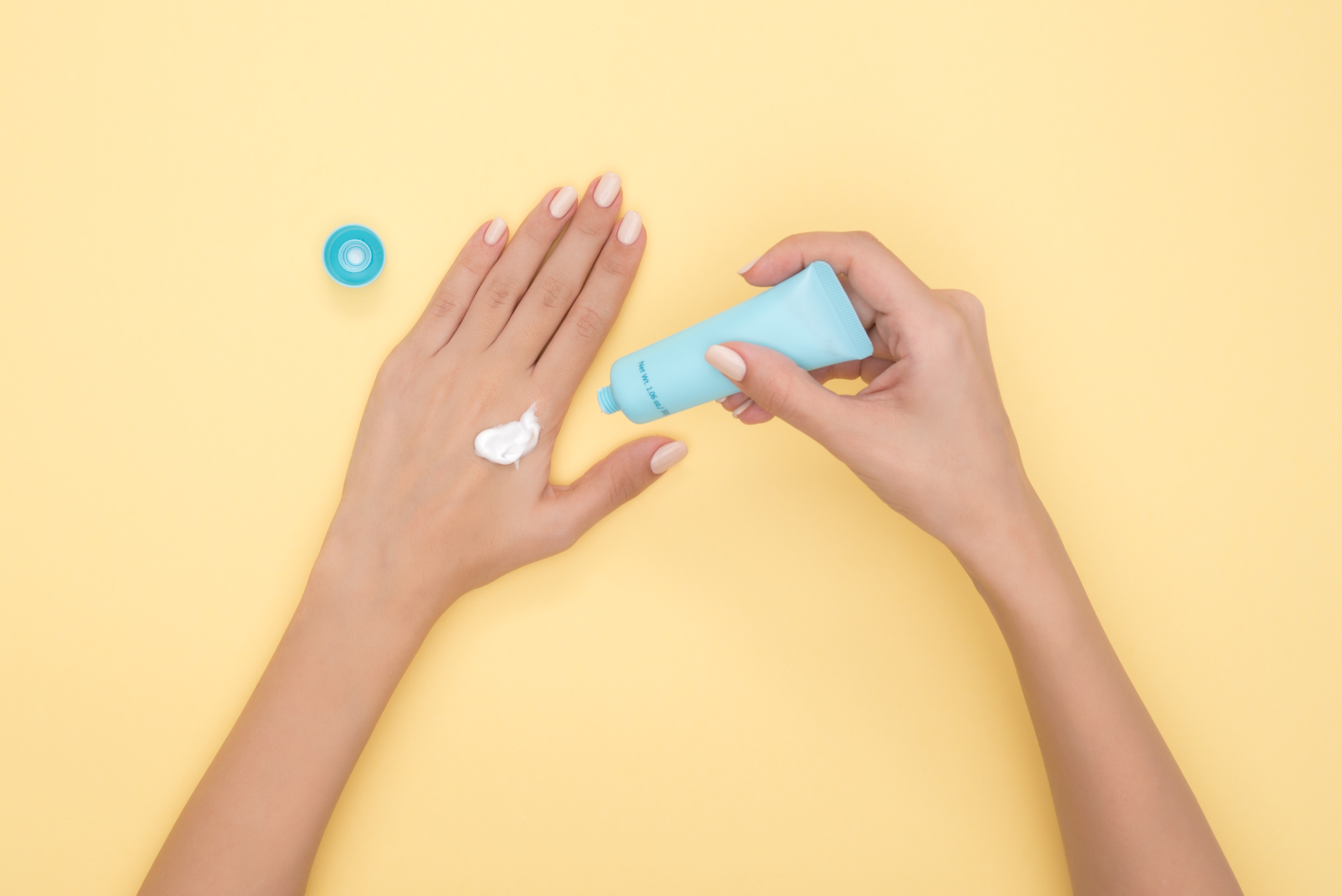
Thank you Melbourne for the peaking rays of sunshine - we’re readier than ever for Summer!
One thing, however, we all must not forget is our dear skin. We’ve all heard the ‘Slip, Slop, Slap’ advice for years on end, but how seriously are we taking it?
We chatted to beauty educator Pam Smirnios on how to take care of our skin this summer.
According to Pam, 'Australia is actually the strictest country in the world when it comes to Sun protection ratings and formulations given how close we are to the ozone layer.'
Now, let’s take a look at the facts:
The facts:
- Anyone 12 months or older should use sun protection, daily!
- Soaking up the Vitamin D? Did you know that Sun Damage is one of the highest causes of premature ageing in skin? After just 20 minutes in the sun, benefits that come from absorbing Vitamin D are trumped by the damage of the UV Rays! *Yikes*
- The SPF in your makeup is generally not enough sun protection for your face. Whilst it may be enough for a quick drive or taking a short walk outside, for longer periods of sun exposure, our skin needs something thicker and stronger. You'd probably need to use three times the amount of makeup than you use in order to get enough sun protection.
- Make sure you look out for not only UVB but also UVA. For those of you that don’t know, UVB relates to the shorter rays that cause redness and UVA’s relate to the effects of ageing. Also, UVA is the main wavelength that damages collagen and melanin the skin, hence causing earlier signs of ageing and pigmentation. We don't want that, do we?
- Reapplying is just as important as initially applying!
First, let’s take a look at what SPF means.

SPF equals sun protection factor, so think of it like this: we generally have 15+, 30+ and 50+ available here in Aus. These numbers are in relation to the amount of time it takes your skin to turn red. Essentially, if your skin takes 5 minutes to go red, a 15+ SPF will give you 15 times longer before your skin goes red. Make sense? Okay - moving on from the maths… our brains hurt too.
Okay, so what’s the difference between chemical and physical sunscreens?
PHYSICAL:
Physical Sunscreens create a physical barrier between the sun and your skin. Ideal for sensitive skin and children.
Like a zinc, allows UV rays to bounce off your skin, thus not being able to penetrate into the deeper layers (dermis), slowing down ageing.
PROS: More natural option to deal with sunscreen, better prevention option for burning, UVB and UVA not entering skin as freely, great for sensitive skin and for kids, great for going to the beach, in the sun for a prolonged period of time, better for those with heat activated skin (rosacea), longer shelf life
CONS: Can make your skin appear white (although there may be tinted), some people can be allergic, feels a bit more greasy on oilier skin, flashback in photos, doesn’t spread as easily
Ingredients to look for: Zinc Oxide, Titanium Dioxide
CHEMICAL: Description, Pros/Cons:
Chemical Sunscreens penetrate the epidermis and dermis within the skin, using chemical compounds within the skin along with on the surface to absorb the sun’s rays before they can penetrate the dermis and as of a result, damage your precious skin!
PROS: Doesn’t leave your skin white, flash photo friendly, easy for skincare companies to incorporate within a moisturiser, it can be incorporated with a physical sunscreen to create a double level of protection, less sunscreen is needed and spreads more easily on the skin
CONS: Less natural, more likely to cause sensitivities, not the best form of sunscreen for people with allergies to sunscreen, needs at least 20 minutes to sit on the skin before it becomes active, higher SPF, more chances of reacting.
So, WHICH TYPE OF SUNSCREEN IS RIGHT FOR YOU?
The Flash Photography Lover - It’s a MYTH that all sunscreens will cause ‘flashback’ in your photos on a balmy afternoon. Opt for a chemical based SPF (not Zinc). This will not flash-back and will still protect your skin!
The Oh-So Sensitive - Can’t borrow your besties sunscreen because it turns your skin redder than sunburn? Try a mineral (or some zinc) based sunscreen. We love Mecca Cosmetica’s ‘To Save Face SPF 30 Mineral Gel Cream’ that not only is lightweight but also protects against both UVA and UVB’s. P.S - it wears beautifully under makeup. We love UltraCeuticals Sunscreen Range which contains Bisabolol that provides soothing properties.
The Sporty Spice - Love a daily run in the sunshine or swimming in the beach? Opt for a physical/zinc based sunscreen to beat the burn. We love Wot Not’s Facial Sunscreen, along with Invisible Zinc and The Cancer Council.
The Baby Mama - Get physical! Sunscreen… that is. For the pregnant ladies out there, we know how much your baby’s health, along with your skin matters. Firstly, don’t put down the sunscreen straight away - pregnancy hormones can cause pigmentation (chloasma) so protecting your skin from sun damage as much as possible will help control how dark your skin goes. Secondly, make sure your SPF doesn’t list oxybenzone in its ingredients. This chemical that absorbs into your skin has been linked to low birth weights and can interfere with the body’s hormones - so best we avoid it.
P.S. - Don’t forget about your lips!
Who knew? Lips can get burnt too! As well as this, an SPF can actually help to heal cracks, redness… you name it.
Look out for a lip balm that contains SPF to truly nourish your precious pout over summer.
